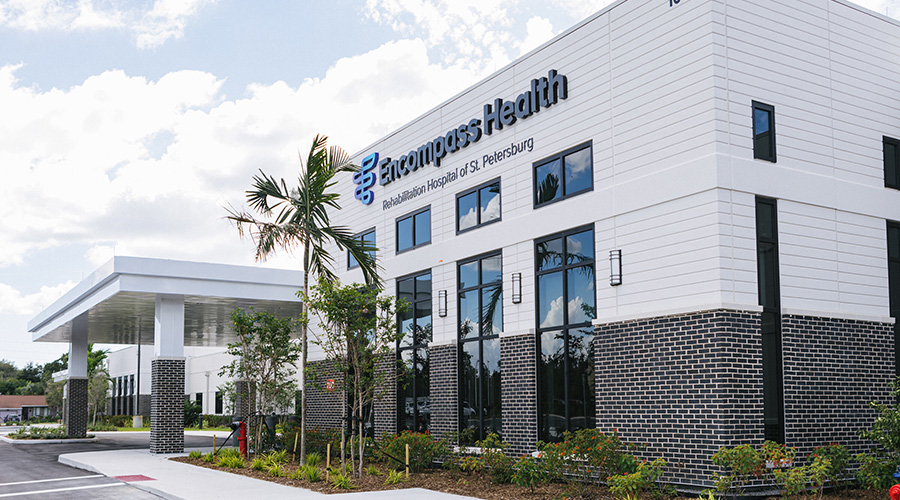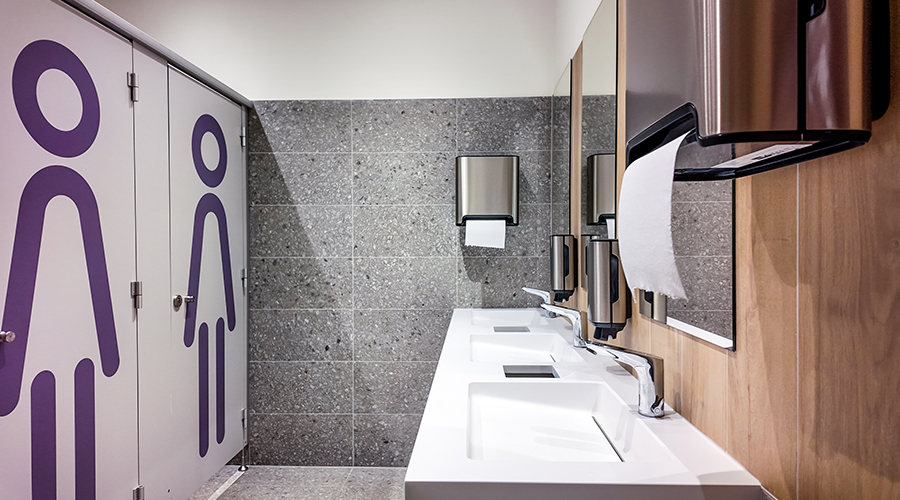The term “biophilia,” which literally translates as “love of life or living systems,” is used to describe the theory that suggests there is an instinctive bond between human beings and other living systems and that this bond is essential to good physical and mental health, according to an article on the Medical Construction & Design website.
A recent article in The New York Times explored the health benefits of immersing oneself in the natural environment. The article discussed a study of 280 healthy people in Japan, where visiting nature parks for therapeutic effect has become a popular practice. The scientists found that being among plants produced “lower concentrations of [the stress hormone] cortisol, lower pulse rate, and lower blood pressure,” among other things, the article said.
In the medical design/construction industry, one area that has embraced this theory is cancer care. Almost every modern cancer center integrates some type of healing or meditation garden into its design, according to the article.
To fully harness the healing potential of nature, designers can go beyond basic “ecopsychology” (i.e., our psychological relationship with nature) into the participatory realm of “ecotherapy.”
There is a substantial research database affirming the psychological and physical benefits of gardening therapy. Ecotherapy work has been shown to ameliorate depression, lower blood pressure, enhance self-esteem, encourage new social behaviors, help with impulse control and decrease post-operative recovery time, the article said.
"Incorporating an ecotherapy program into a care plan is not dependent upon an abundance of available land or capital funding. The programs can be scaled to suit suburban and rural facilities with lots of landscape space or to challenging urban sites through the use of small container gardens or landscaped roofs. The effectiveness of a program is not generated by lavish facilities or excessive funding, but rather by the active participation of patients (both past and current). In fact, the starting point for such a program can often be a neglected, ignored or underutilized area that can be “healed” by those working the land," the article said.
Read the article.

 A 'Superbug' Is on the Rise in Hospitals
A 'Superbug' Is on the Rise in Hospitals The Next Generation of Security Tech in Healthcare Facilities
The Next Generation of Security Tech in Healthcare Facilities Encompass Health Rehabilitation Hospital of St. Petersburg Opens
Encompass Health Rehabilitation Hospital of St. Petersburg Opens Why More Facilities are Adding Gender Neutral Restrooms
Why More Facilities are Adding Gender Neutral Restrooms Massachusetts Hospital Cyberattack Reflects Growing Vulnerability in Healthcare Systems
Massachusetts Hospital Cyberattack Reflects Growing Vulnerability in Healthcare Systems